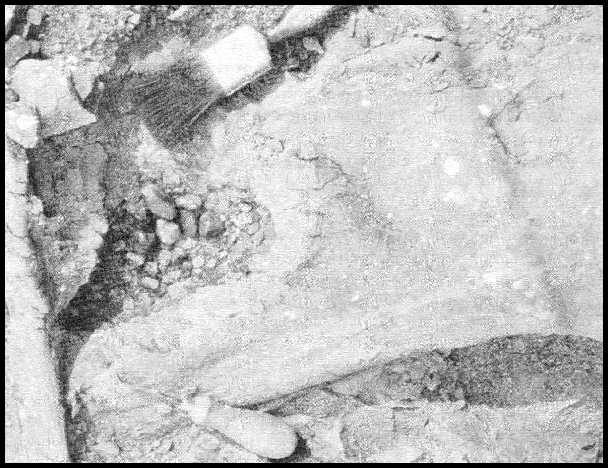1985. Bones for Barnum Brown: Adventures of a
dinosaur hunter. Texas Christian University Press, Fort Worth, TX, 225 pp.
Brown, B., 1904. Stomach stones and the food of
plesiosaurs. Science, 20(501):184-185. (Gastroliths mixed with stomach contents in
plesiosaurs)
Cicimurri, D. J. and M. J. Everhart. 2001. An elasmosaur with stomach contents and
gastroliths from the Pierre Shale (late Cretaceous) of Kansas. Kansas Academy of
Science, Transactions 104(3-4):129-143.
Eastman, C. R., 1904. A recent paleontological
induction. Science, N. S. 20(510):465-466. (Eastman attacks Brown's ideas
(above) on gastroliths)
Everhart, M. J. 2000. Gastroliths associated
with plesiosaur remains in the Sharon Springs Member of the Pierre Shale (late
Cretaceous), western Kansas. Kansas Academy of Science, Transactions 103(1-2):58-69.
Moodie, R. L., 1912. The "stomach
stones" of reptiles. Science 35(897)377-378.
Mudge, B. F. 1877. Notes on the Tertiary and Cretaceous periods of Kansas.
pp. 277-294, in Part I (Geology) of the Ninth Annual Report, U. S. Geological and
Geographical Survey of the Territories (Hayden), for 1875, 827 p.
Williston, S. W.

